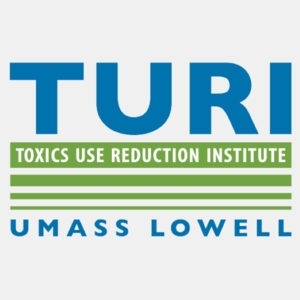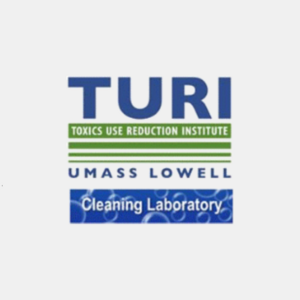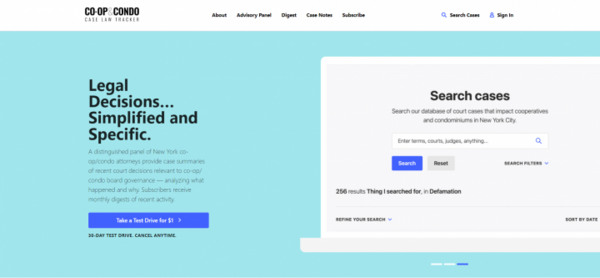New TURI P2OASys site continues course for improved UX, performance
By: Carlos Mauri | July 20, 2022 | Case study and development
The Toxics Use Research Institute (TURI) at the University of Massachusetts Lowell wanted to add memos to records in its Pollution Prevention Options Analysis System (P2OASys), a database for evaluating and comparing the safety of chemistries. TURI could have elected to simply add a field to its database structure, but it saw a bigger opportunity to reinvent a key system that had not been updated for more than five years.
Working with its development partner Mugo Web, the institute completely redesigned P2OASys public-facing site based on the successful relaunch of TURI’s CleanerSolutions.org site. Mugo Web also helped clean up P2OASys’s database architecture and content approval workflows, all based on the Ibexa DXP.
“There were a lot of positives to the project, but the real selling point was that we’d be bringing P2OASys in line with the public branding we created for CleanerSolutions.org, which has been very well received,” said Jason Marshall, the institute’s laboratory director. “The workflow and ease of operation has been a big plus, as well.”
Ensuring that data is clean and easy to manage
P2OASys evaluates chemistries against a matrix of about 150 attributes, such as inhalant toxicity, based on a quantitative ranking scale of 1 to 10. Evaluators – students in the TURI lab, other researchers, or consumers – can view existing evaluations of chemistries as a starting point for their analysis. They can also add qualitative feedback – the new memo field that initiated the whole project is to add such notes to attribute rankings.
Safety assessments are completed, reviewed, and approved by TURI lab managers through a permissions-based workflow created as part of the project. Prior to the relaunch, users had to log into a freeware phpMyAdmin tool and download and upload their changes in CSV format. Admins also had to go through a highly manual process to approve their work in the site’s CMS.
Reports are aggregated for comparison on the P2OASys site, and the data is shared throughout the TURI network. “The value of having it (P2OASys data) is not only that it is very usable itself, but also closely integrated with other systems,” Marshall said.
The project: form follows function
The first step in Mugo’s process was to drill down into each page of the existing P2OASys site and determine what each field and button accomplished, said Anup Saund, development manager at Mugo Web and lead on the P2OASys project. The project was already on strong footing, Saund said, since Mugo has been a strategic partner with TURI for about a decade. Still, the P2OASys methodology is so precise that a comprehensive discovery was required.
Mugo and the TURI team worked through a small number of UX options, Marshall said, and decided on a design that he hopes will encourage more people to use the tool. From there, Mugo extended the database architecture that already supports the new CleanerSolution.org site to include the data structure for P2OASys safety evaluations. The two sites now run on the same “stack,” as Saund put it, with MySQL as the database and Ibexa as the front-end CMS.
The site has a browser-based data entry workflow designed to cut down on random submissions, Saund said, and eliminate the constant need to edit data within a spreadsheet.
More to build on
“Initial reaction to the new P2OASys site has been positive”, Marshall said, both from a select group of users and executives at TURI who are excited about building a distinct visual brand for the institute. Lab staff and students also have found the browser-based workflow and streamlined approval process to be a big improvement. “They like it, and more importantly, I like it,” Marshall said.
“This has really jump-started an internal project at TURI to look at how this kind of tool can support our other work,” Marshall said.








